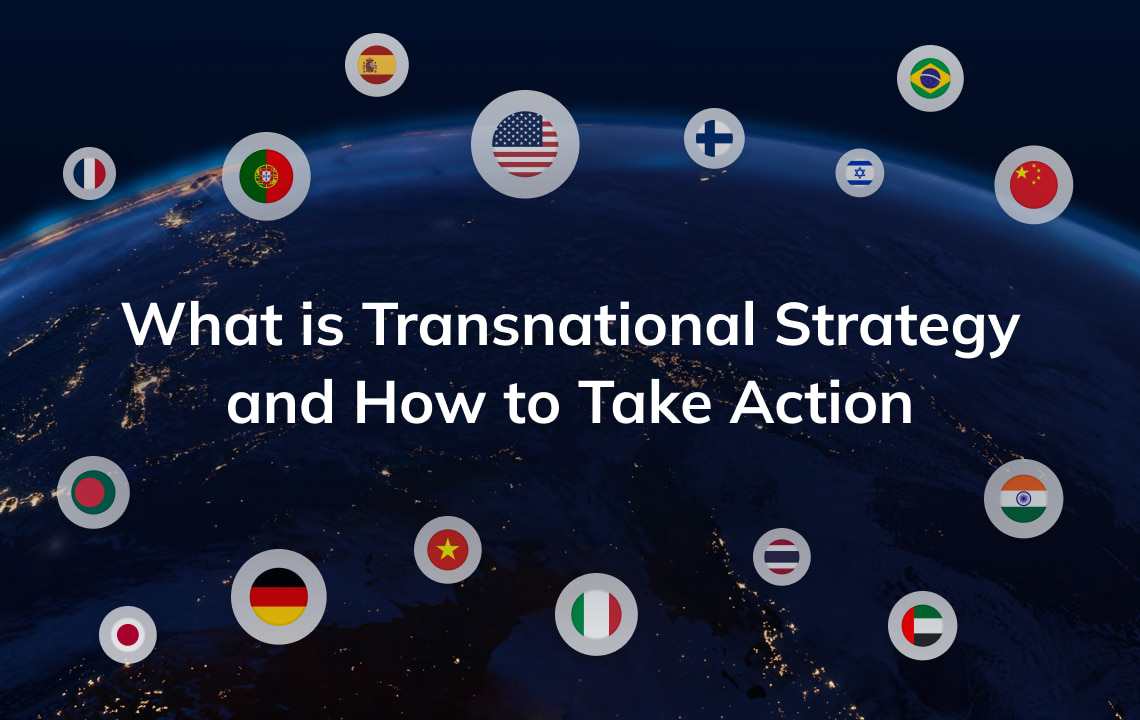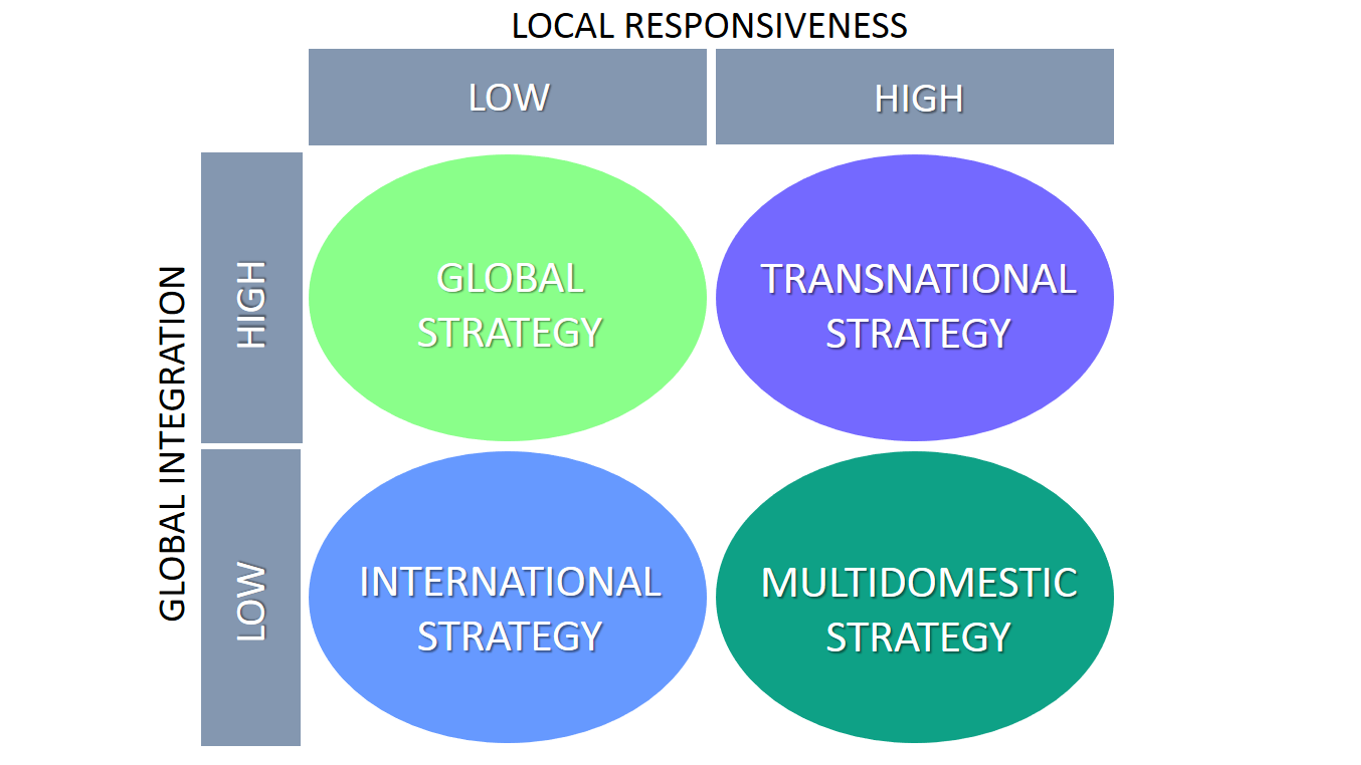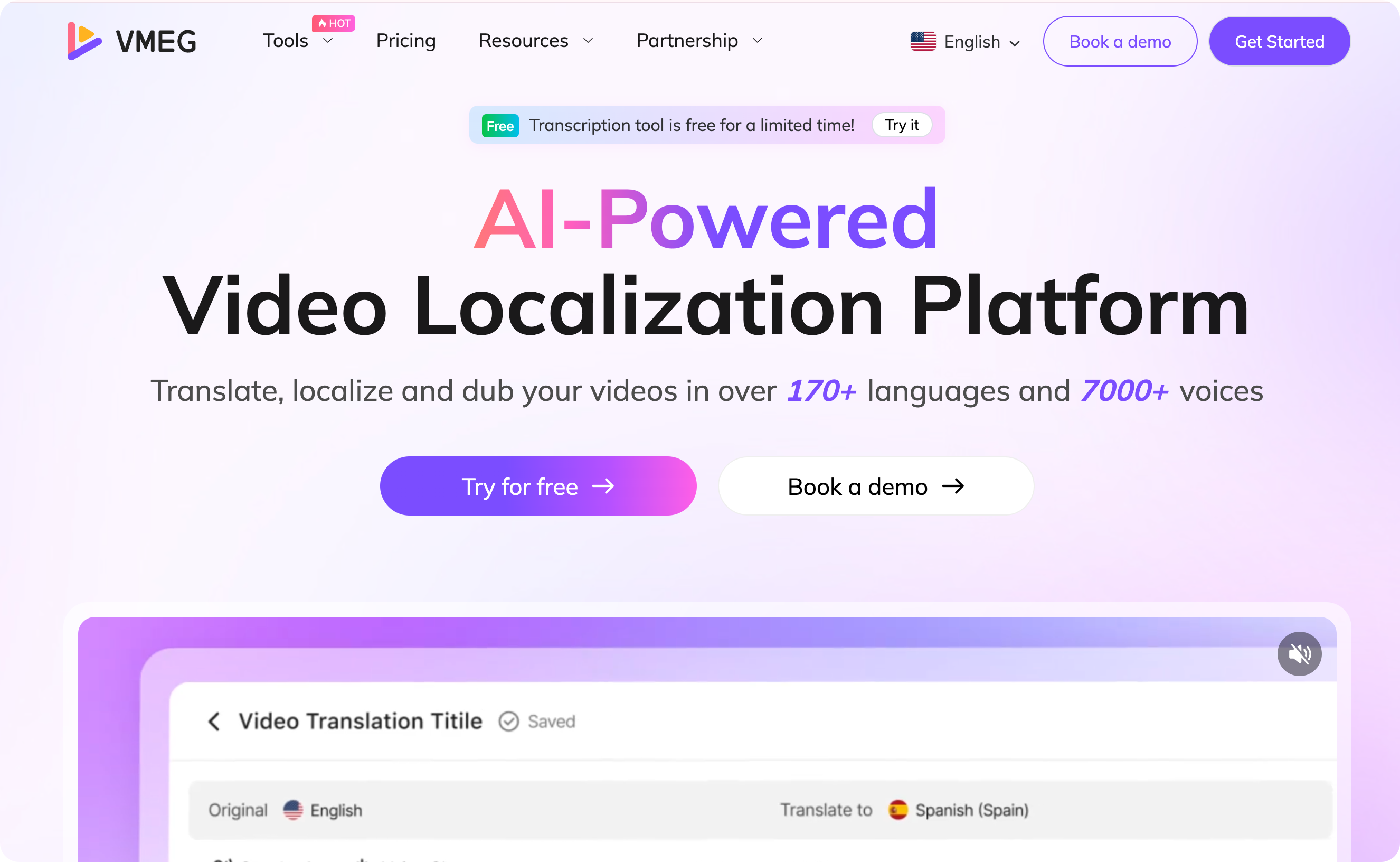
In today’s hyper-connected global economy, businesses are increasingly motivated to expand across borders—seeking new markets, diverse customer bases, and optimized supply chains. However, a critical challenge often arises: strategies that succeed domestically may fail in unfamiliar environments. This is why you need a transnational strategy.
Transnational in business means companies expand internationally while satisfying local responsiveness. Companies pursuing this approach aim to capture the best of both worlds: the cost efficiency and brand consistency of global integration, content localization, along with the flexibility to meet local demands.
Yet implementing such a strategy is far from straightforward. Organizations must strike a delicate balance—standardizing core operations to maximize efficiency, while also empowering local teams to tailor products, marketing, and processes.
This article will help you navigate that complexity. We’ll clarify what a Transnational strategy is ( core components, benefits & challenges, example analysis) and actionable recommendations. We’ll try to provide a clear roadmap to help you adopt a transnational strategy and conduct business smoothly.
What is a Transnational Strategy?
Definition of Transnational Strategy
A transnational strategy is a business approach to global expansion that seeks to balance high global integration and high local responsiveness. It may include a unified brand, shared resources, centralized oversight, and the ability to adapt products, marketing, and operations to each market.
A company builds a network that shares best practices, technologies, and brand strength globally, while also tailoring to local tastes, norms, and market conditions. It doesn’t simply export a home-market product unchanged, nor does it treat each country as a fully independent business.
Key Components of Transnational Strategy
Clarifying the core components of a transnational strategy helps efficiently know the core process while customizing adaptability. Several core building blocks help you put this strategy into action:
- Global integration
Shared global platforms, standard brand identity, centralized production, and distribution where feasible.
- Local responsiveness
Ability to customize products, services, marketing, or operations to meet local tastes, culture, regulation, and competitive environment.
- Knowledge‐sharing and coordination
Mechanisms to capture insights from local markets, share them globally, and leverage best practices across regions.
- Flexible organizational structure
A corporate architecture that supports both standardization and adaptation — e.g., regional units empowered locally but aligned to a global hub.
- Balancing cost & complexity
The firm must continuously evaluate how much adaptation in cost/complexity is worth vs. how much benefit comes from global scale.
What are the Benefits and Challenges of Transnational Strategy?
Examining transnational strategy's benefits and common challenges gives a macro perspective to evaluate the strategy.
Benefits | 1. Economies of scale | By centralizing core functions or standardizing key components, firms can reduce costs and leverage global production or distribution. |
2. Enhanced local relevance | By adapting products, marketing, and operations to local markets, companies can better meet customer needs and improve market penetration. | |
3. Competitive advantage | Firms that succeed in combining global efficiency with local responsiveness can outperform rivals that stick strictly to one or the other. | |
4. Knowledge and capability transfer | Operating globally allows firms to take learnings from one market and deploy them in others, enhancing innovation and responsiveness. | |
Challenges | 1. Complexity and cost | Managing both global and local demands increases organizational complexity, duplicative activities, and coordination costs. |
2. Internal tensions | Headquarters and local units may have conflicting priorities (e.g., cost containment vs. local adaptation), which requires governance and cultural alignment. | |
3. Standard vs localization trade-offs | Deciding what to standardize vs. what to adapt requires judgment and good market data; getting this wrong can hurt either efficiency or relevance. | |
4. Maintaining brand consistency | As local units make adaptations, there’s a risk of diluting the global brand identity if adaptations run unmanaged. | |
5. Speed and agility | Adapting locally while maintaining global coordination can slow decision-making, making the company less nimble. |
Transnational Strategy vs. Global vs. International vs. Multi-domestic
Understanding how transnational strategy differs from other global expansion strategies:
Expansion Strategies | Key Points |
Transnational strategy | Aims for the middle-ground: to achieve global scale and cost efficiencies and local market responsiveness. It is often the most challenging to implement but offers the greatest potential payoff in highly diverse markets. |
Global strategy | Focuses heavily on standardization across markets, using one model worldwide to maximize efficiency and cost advantages. Responsiveness to local markets is limited. |
Multi-domestic strategy | Prioritizes local responsiveness—each country or region is treated like a separate entity, with significant adaptation of products, marketing, and operations—but this often leads to higher costs and reduced global efficiencies. |
International strategy | Often involves exporting or replicating the home country model abroad with minimal local adaptation; this is simpler but may fail in markets where local differences are significant. |

How to Analyze Transnational Strategy Examples
Here are the top three international companies that illustrate how a transnational strategy can work:
Is Coca-Cola a transnational strategy?
Yes. Coca-Cola operates in over 200 countries, leveraging strong global brand identity and distribution partnerships. At the same time, it adapts packaging, flavour variants, and marketing campaigns to local tastes and cultures (for example, special flavours in Japan or campaign messaging in local languages). The company retains global coordination (brand, supply chain, bottling partnerships) yet local units tailor promotion, flavours, and packaging to local markets.
How does KFC use a transnational strategy?
KFC uses a classic transnational playbook: it has many global sites under common branding, but in each country the menu and operations adapt to local diets and cultural norms — e.g., vegetarian options in India, local flavours in China. It balances a global scale network with local supply-chain adaptation and marketing resonance.
What is the transnational strategy of IKEA?
IKEA shows how global scale (manufacturing, sourcing, procurement) and local responsiveness (product adaptation, store experience) can be balanced in a transnational model.
In each of these cases, you see: global backbone + local nuance = transnational strategy.
How to Take Action
If you’re thinking about implementing a transnational strategy for your business, or refining one you already have, here are the key steps and tools you should consider:
Step 1. Define your global core + local flexibility
- Clarify which elements must be standard (brand promise, core product features, quality standards).
- Determine which elements should be adapted (local taste, marketing language, distribution channels, regulatory compliance).
Step 2. Build market intelligence and local teams
- Invest in deep local market research—consumer preferences, competitor behaviour, cultural norms.
- Empower local managers with decision-making authority while aligning them to global goals.
Step 3. Establish global governance and coordination
- Set up cross-functional teams (HQ + regional) to share best practices, manage trade-offs, and monitor brand consistency.
- Use performance metrics that capture both global efficiencies and local responsiveness.
Step 4. Leverage technology and platforms for localization
When operating across markets, content, marketing, user interaction, and product messages must be localized. A localization platform like VMEG AI can help streamline this process.
It is an AI-powered localization platform that supports multilingual audio/video translation, voice cloning, lip-sync, and subtitle generation in 170+ languages.
By integrating such a platform, you can scale your global communications while ensuring they are customised for local markets.
It is an AI-powered localization platform that supports multilingual audio/video translation, voice cloning, lip-sync, and subtitle generation in 170+ languages.
By integrating such a platform, you can scale your global communications while ensuring they are customised for local markets.

Step 5. Pilot and scale carefully
Start with one or two markets to test the balance of standardisation vs. adaptation, measure outcomes, then refine before full rollout.
Step 6. Monitor, learn, and adjust
Use local feedback loops, compare performance across markets, and continuously adapt your transnational strategy as markets evolve.
Conclusion
A transnational strategy offers a compelling way for firms to compete globally while responding locally. By blending the strengths of global scale with the responsiveness to regional markets, companies can unlock competitive advantages that both global and local approaches can fully deliver. But success demands clear insights, coordination, and decisions to balance standardisation and adaptation, maximize their benefits and avoid risks.
Whether you’re expanding into new regions or refining an existing footprint, keep the key elements in mind: define what stays constant, what changes locally, empower both global and local teams, and leverage the right tools (like VMEG AI for localization) to scale your efforts. With those building blocks in place, your organisation can craft a transnational strategy that truly works in the real world.
